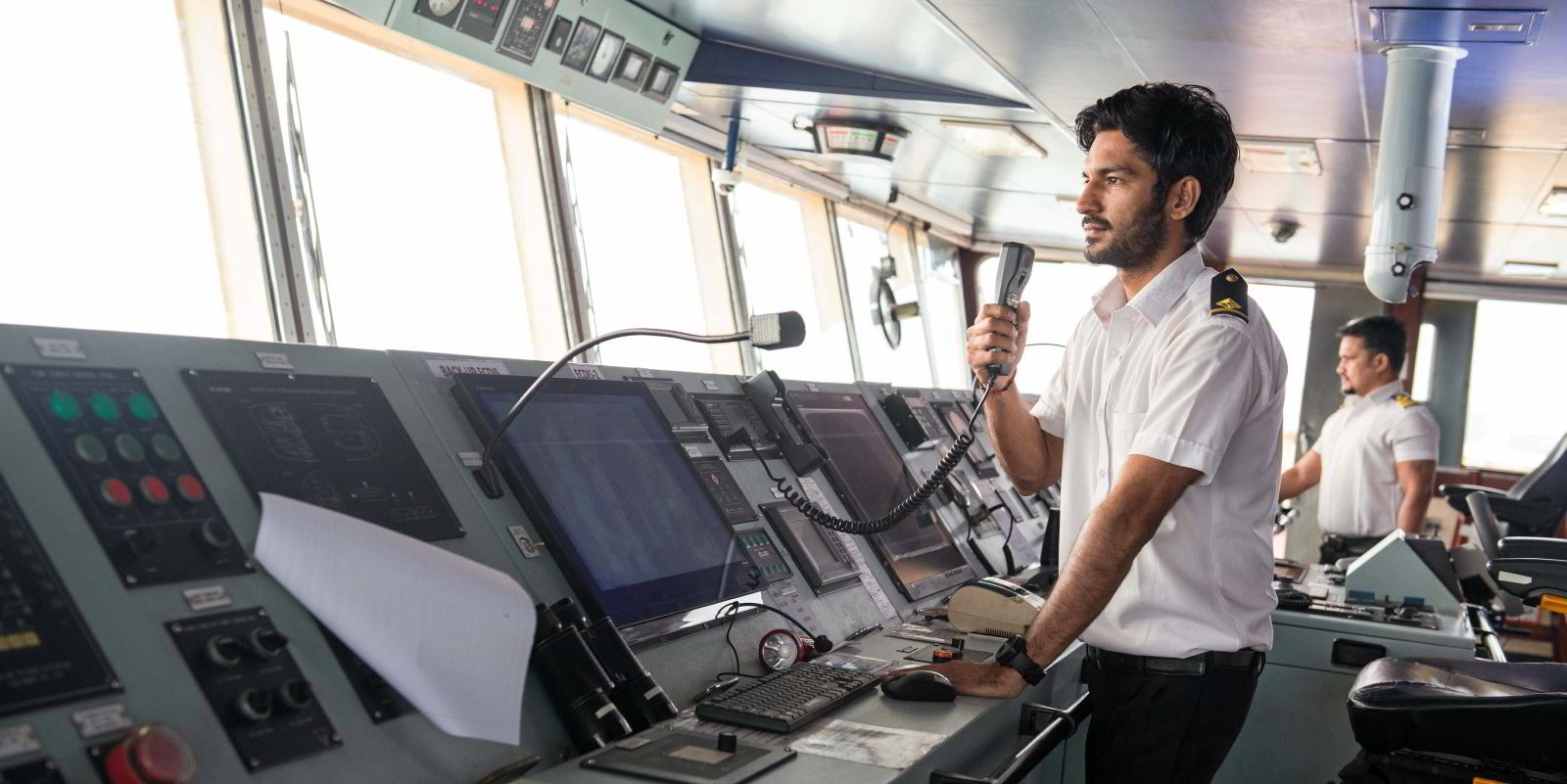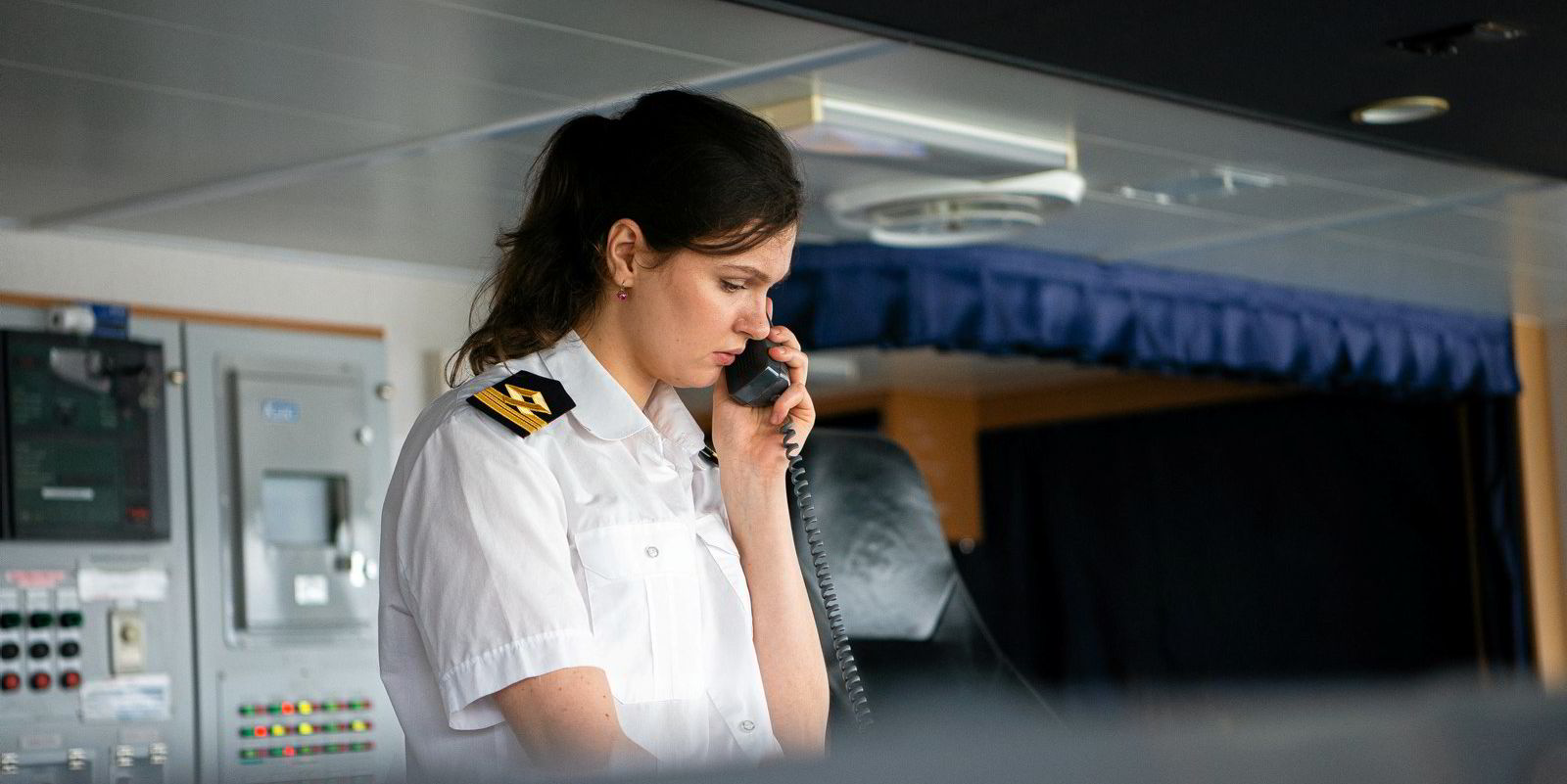After more than 50 years in shipping and as the founding father of one of the world’s largest third-party ship management companies, Kishore Rajvanshy has seen it all.
As managing director of Hong Kong-based Fleet Management, Rajvanshy — a marine engineer who learned the ship management trade under legendary Univan boss Captain Charles Vanderperre — is responsible for the technical management of 654 ships.
He has weathered many storms in his career and takes a phlegmatic approach to the challenges that the sector faces.
Each challenge, he told TradeWinds, presents an opportunity to improve standards and quality if approached in the right way.
Asked what the biggest challenge today is, Rajvanshy immediately answered: crewing.
“There is a growing shortage of skilled seafarers in the industry, particularly the officers. Retaining qualified and experienced officers in the system is a challenge which most managers are facing,” he added.
Like most ship managers, Fleet Management sources the majority (65%) of its officers from India. The rest come from the Philippines and China.
There is a growing shortage of skilled seafarers in the industry, particularly the officers
— Kishore Rajvanshy
Critical period
In these countries, working as an officer on board a ship has long been considered a prestigious, well-paid job. But nowadays, especially in India, opportunities in finance, information technology and medicine are a stronger lure.
“It is getting harder to entice people to a seafaring career in India,” Rajvanshy said.
The problem lies mostly with officers rather than ratings.
Competition between employers means officers are switching companies “even for the most insignificant reasons, or slight salary increases. Many times, they like to change because of more opportunities.”
According to Rajvanshy, the most critical period for retention is when officers are 30 to 35 years old, especially those who have been masters for one or two years.
“That is when they like to come ashore, so most attrition among senior officers is in that period. But if they stay on, they leave the industry much less after that,” he said.

Fleet Management’s officer retention rate is between 85% and 90%, which Rajvanshy claims is good compared with the industry average. For ratings, the rate is even higher, he added.
To address the crewing problem, he believes ship managers must adopt proactive strategies, foster talent development, and provide officers and ratings with training, education and mentoring that includes all the requirements of digitalisation, automation and the new regulatory frameworks.
“That has to all be built into the training and education system for the crew who are in our system,” he said.
Regulatory compliance and sustainability are two other primary challenges that the sector faces.
Addressing them requires managers to invest in technology and embrace sustainable practices, he said. This benefits ship management companies because the complexity and expense of managing ships means shipowners increasingly turn to third-party managers, taking advantage of their expertise and economies of scale.
In recent years, Fleet Management has formed joint venture ship management companies with shipowners Shandong Shipping, Celsius Shipping on LNG carriers and Marubeni Corp’s shipowning arm, MMSL.
These owners were long-standing Fleet Management customers before putting their vessels into the new vehicles, whose teams exclusively manage the vessels of the partner shipowner under the joint venture’s own Document of Compliance, thus isolating the ships from the rest of the manager’s fleet.
Rajvanshy said Fleet Management did not actively pursue these joint ventures but was approached by its clients.
“The reason was because of the needs of the shipowners, and their desire to have their vessels isolated from the rest of the fleets of the ship managers they worked with. They don’t want to be affected by what’s happening on the other ships.
“They also wanted to deal with only one ship manager instead of many managers.
“We saw this could be done, and that it added to the growth of the fleet.”
Rajvanshy said such joint ventures are a viable way to grow the company, but cautions that tie-ups with ship managers can be done only in specific circumstances.
“For a joint venture to be made, there must be an alignment of corporate cultures. You’ve got to know the counterparty and understand their culture and way of thinking. If they are a company with similar values to yours, and if there is a critical mass, then it is a way to grow,” he concluded.






